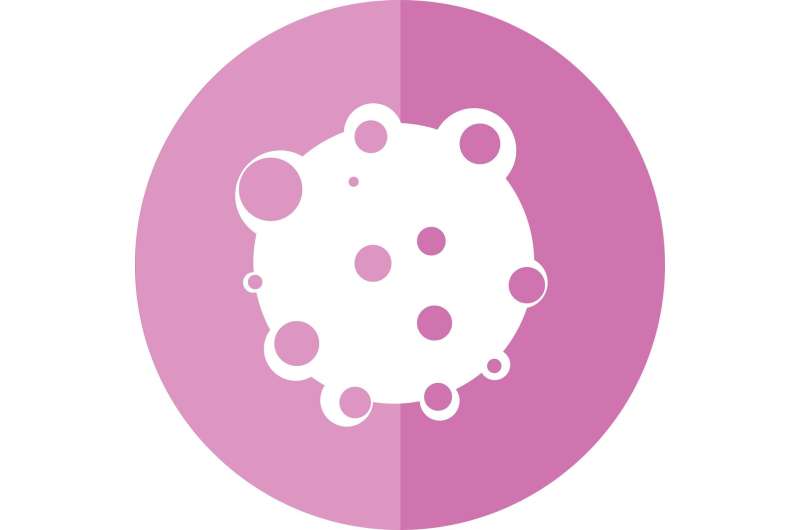Molecular aspects of ovarian and endometrial tumors mapped to the level of a single cell


For the first time, researchers have determined, cell-by-cell, the genetic and epigenetic state of ovarian and endometrial tumors. Scientists at the University of North Carolina Lineberger Comprehensive Cancer Center, who led the research said this study is an important step forward in developing a better understanding of gynecologic cancers, as every tumor is a collection of different cells growing uncontrollably within its mass. Knowing how cell-to-cell variations affect the biological workings of the tumor is of utmost importance and can lead to new targets for therapeutic interventions.
The findings appeared in print on December 2, 2021, in Molecular Cell.
“The standard of care for many gynecologic cancers is a combination of surgery, chemotherapy and radiation. Despite these aggressive treatments, the majority of women with ovarian cancer experience a recurrence of their disease, highlighting the need to better understand the etiology of the disease in order to develop better targeted therapies,” said UNC Lineberger’s Hector L. Franco, Ph.D., assistant professor of genetics in the UNC School of Medicine and corresponding author of this article. “To that end, with the improved resolution of the new single-cell sequencing technologies, we can now annotate specific genetic features of tumor cells that had been previously hidden from traditional sequencing technologies.”
Ovarian and endometrial cancer are the two most common gynecologic cancers in the United States. The National Cancer Institute estimates that more than 81,000 women in the United States will be diagnosed with ovarian or endometrial cancer this year, and these two cancers collectively will cause an estimated more than 25,000 deaths.
Franco and his colleagues used single-cell sequencing to measure the genetic and epigenetic states of more than 150,000 individual cells from 11 ovarian and endometrial tumor samples that were sequenced on the same day they were surgically removed from the patients. Epigenetics relate to a change in the chemical structure of DNA that does not change the DNA coding sequence; epigenetic changes can be as consequential as changes to DNA itself. This dataset represents the largest collection of single-cell sequencing data in ovarian and endometrial cancer to date.
The researchers said the benefits of their mapping will be manyfold: It should yield a much better understanding of the heterogeneity of cells within a single tumor as well as help build a new library of single-cell information, among other potential attributes.
“In the near future, I see personalized medicine becoming the standard of care. Each patient would get their tumor sequenced, and then treatment options would be tailored to the specifics of each individual tumor,” Franco said. “While this technology is not widely available in the clinic today, it is transformative in the sense that it increases our understanding of the disease.”
The researchers also determined that, within any given tumor, there can be two or three different types of cancer cells which are defined by distinct genetic profiles. This finding may complicate the treatment of cancer, because one tumor cell can show sensitivity to treatment while other cancer cells may not.
The scientist’s next step is to use single-cell sequencing technology to measure the genetics of ovarian and endometrial tumors after they have undergone chemotherapy. This will allow them to see which tumor cells are being effectively killed off by the chemotherapy, and which ones persist and become resistant. Additionally, the hope is to use this technology on tumors that have relapsed and metastasized; this should enhance the understanding of the molecular basis of what causes some tumors to become resistant and what causes some tumors to become metastatic, thereby pointing to potential new targets for therapeutic interventions.
Source: Read Full Article